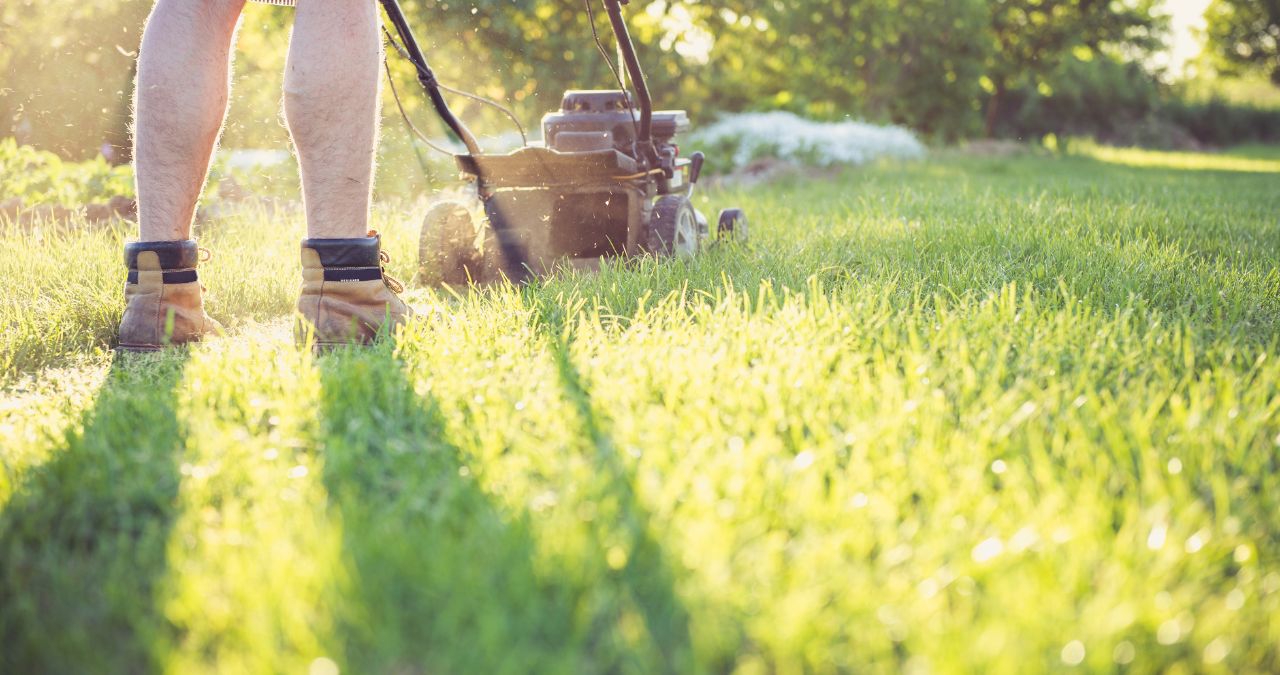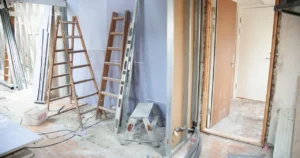Creating a beautiful garden doesn’t have to mean endless hours of upkeep. With thoughtful planning and the right approach, you can design a stunning outdoor space that is easy to maintain and complements your lifestyle. Whether you’re a busy homeowner or simply prefer a hassle-free garden, this guide will help you create a low-maintenance sanctuary.
1. Plan with Purpose
Before you start planting, take time to assess your outdoor space.
- Consider Your Needs: Do you want a garden for relaxing, entertaining, or visual appeal?
- Design Smartly: Opt for simple, clean layouts with defined sections for plants, paths, and seating. Curved pathways or structured zones reduce mowing and maintenance.
- Use Hardscaping: Incorporate features like patios, gravel paths, or wooden decks to minimize planting areas and reduce the need for weeding and watering.
2. Choose the Right Plants
Low-maintenance gardening begins with plant selection.
- Native Plants: Choose plants native to your region; they are naturally adapted to local conditions, require less water, and are more resistant to pests.
- Perennials Over Annuals: Perennials return year after year, reducing the need for frequent replanting. Examples include lavender, salvia, and succulents.
- Drought-Tolerant Plants: Opt for hardy plants like aloe, agave, and ornamental grasses that thrive with minimal watering.
- Ground Covers: Use ground cover plants like creeping thyme or mondo grass to reduce weed growth and provide lush greenery.
3. Optimize Your Soil
Healthy soil reduces the need for fertilizers and frequent care.
- Add Mulch: Mulch retains moisture, suppresses weeds, and improves soil health. Organic options like bark chips or straw are eco-friendly and effective.
- Test Your Soil: Understanding your soil type can help you choose plants that will thrive naturally without excessive amendments.
4. Simplify Watering
Watering can be one of the most time-consuming garden tasks.
- Drip Irrigation: Install a drip irrigation system to deliver water directly to plant roots with minimal waste.
- Rain Barrels: Collect rainwater to use for irrigation, cutting costs and conserving resources.
- Group Plants by Water Needs: Place plants with similar watering requirements together to avoid overwatering or underwatering.
5. Incorporate Low-Maintenance Features
Reduce upkeep with smart additions.
- Artificial Turf or Gravel: Replace some grass areas with artificial turf or gravel for a tidy, no-mow solution.
- Self-Watering Planters: Perfect for container plants, these planters reduce the frequency of watering.
- Evergreens and Shrubs: Use evergreen shrubs or hedges that require minimal pruning and maintain year-round greenery.
6. Reduce Lawn Care
Traditional lawns are high maintenance. Alternatives include:
- No-Mow Grass: Choose slow-growing or no-mow grass varieties.
- Meadow Areas: Let certain areas grow wild for a natural look and less mowing.
- Artificial Grass: Provides a perfectly green lawn year-round with zero maintenance.
7. Focus on Sustainable Practices
Eco-friendly gardening reduces both maintenance and environmental impact.
- Composting: Create compost to enrich your soil naturally.
- Pest Management: Use natural pest repellents like neem oil or companion planting to avoid chemical treatments.
8. Use Smart Technology
Leverage technology to save time and effort.
- Smart Irrigation Systems: Control watering schedules via an app to ensure optimal hydration.
- Outdoor Lighting: Solar-powered lights enhance ambiance and reduce energy consumption without maintenance.
Frequently Asked Questions
What are the easiest plants to grow in a low-maintenance garden?
Native plants, succulents, perennials like lavender, and ground covers such as creeping thyme are excellent options.
How can I reduce weeds in my garden?
Use mulch to suppress weed growth, plant ground covers, and ensure proper spacing to minimize open soil areas.
Is artificial grass a good alternative for a low-maintenance garden?
Yes, artificial grass eliminates mowing, watering, and fertilizing while maintaining a green lawn appearance.
How can I water my garden efficiently?
Drip irrigation systems and rain barrels are sustainable and efficient methods for watering your garden.
Are there eco-friendly ways to reduce garden maintenance?
Composting, using drought-tolerant plants, and practicing natural pest control are sustainable ways to minimize upkeep.
Conclusion
A low-maintenance garden doesn’t mean compromising on beauty or functionality. By carefully planning your layout, choosing the right plants, and incorporating smart gardening techniques, you can create an outdoor space that is both appealing and easy to care for. Whether you’re a busy homeowner or a beginner gardener, these tips will help you enjoy your garden with minimal effort.







